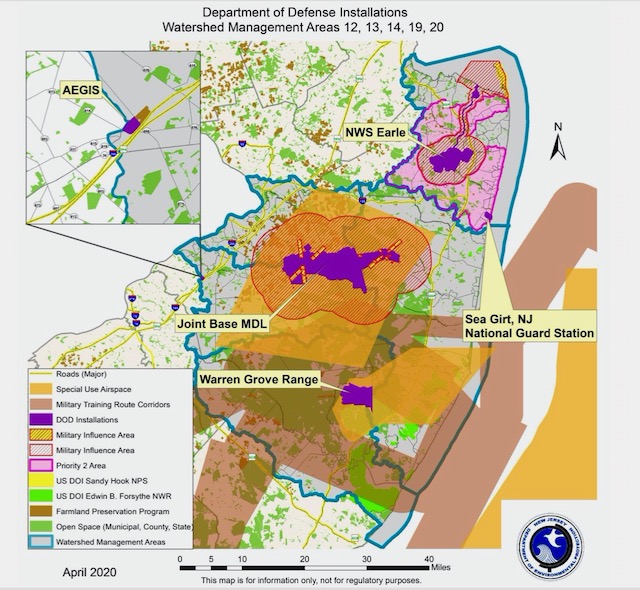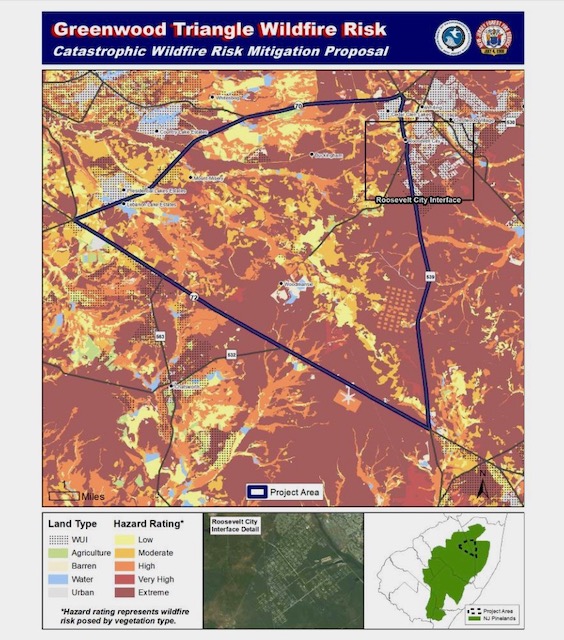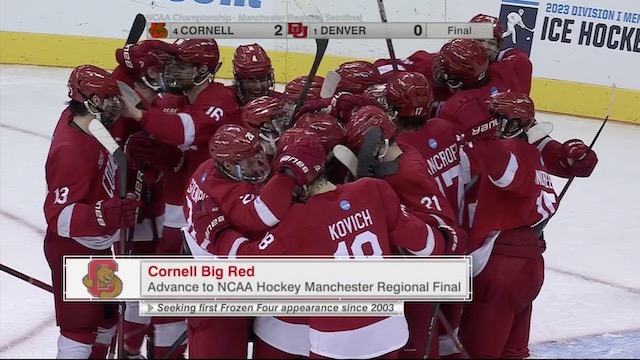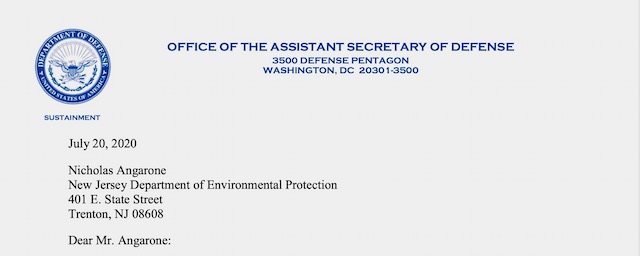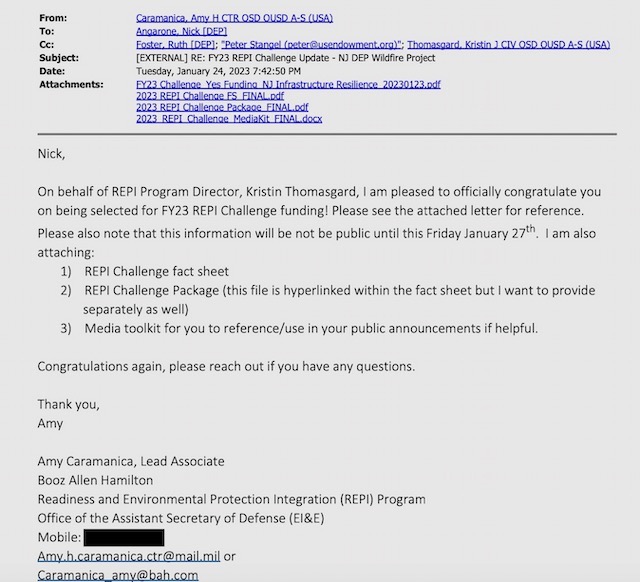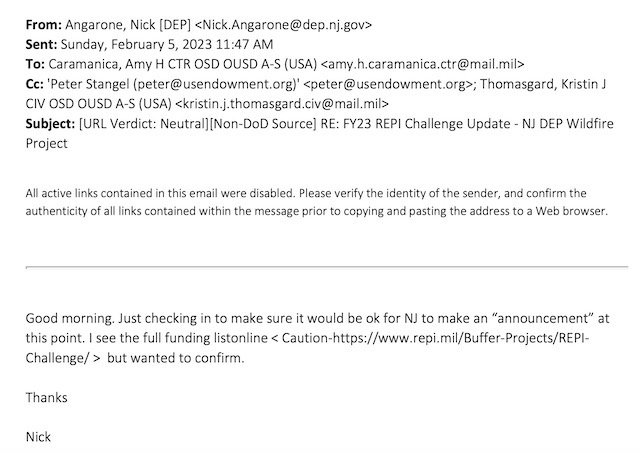It’s Not All Good: Murphy DEP Chemical Industry Lawsuits Are Masking Litigation And Regulatory Failures
Far Easier To File A Lawsuit Than To Enact Statewide Regulatory Protections
Filing Lawsuits And Issuing Press Releases Do Not Constitute Governing
35 YEARS After EPA Risk Assessment, Still No Drinking Water Standard For Dioxane
The Murphy DEP just announced another major lawsuit against chemical manufacturers and they did so in another spun and self congratulatory press release, see:
This latest lawsuit again combines traditional Natural Resource Damage (NRD) claims and novel consumer fraud claims. DEP has not faired well in NJ Courts on NRD lawsuits, and the consumer fraud claims add new layers of complexity and legal vulnerability. We tried to highlight flaws in that approach:
I suspect that AG Grewal issued the lawsuit in part because he realized that the DEP Spill Act Directive was not enforceable. That AG ligation raises even more complex and novel legal issues – blending consumer fraud with environmental laws
The public release of this latest lawsuit comes at a time when DEP is facing strong criticism from the Toms River community for their corporate friendly compromise NRD settlement with chemical industry giant BASF, see:.
We previously tried to explain what’s really going on with these lawsuits, see:
This time around, the text of the DEP lawsuit and prior DEP public statements in Toms River make our case. No need to take our word for it.
I) Litigation Failures
At the recent public meeting in Toms River, a DEP manager of the NRD program openly admitted that it takes decades to prosecute these NRD cases (the BASF litigation was filed in 2007) and that DEP runs significant legal risks and therefore settles for pennies on the dollar and without any community involvement.
No need to take my word for those claims, which I have repeatedly made for over 20 years. Just watch it! (NJ Spotlight TV):
DEP and the AG have bitten off so much more than they can chew and they are playing a weak legal hand, by their own admission!
The Murphy administration even sought private law firms to ameliorate some of these legal deficits:
But, all that will be forgotten in the reporting on this latest round of litigation.
It seems that whatever DEP does generates good press and great headlines, which is really all they are after.
The decade long delays, legal losses, and the ultimate far down the road pennies on the dollar settlements will all occur years after they are long gone. Very likely, the media won’t even report on the progress and – when the results are in – the outcome of these lawsuits.
This is because the issues are complex and press lacks subject matter expertise. They also ignore or lack knowledge of the history and the context – and they never read the actual government documents they report on (but the legal documents make good visual props in the superficial TeeVee coverage).
II) Regulatory Failures
Here is the context for dioxane in drinking water:
But contrary to the media TeeVee cheerleading, this latest round of DEP litigation again actually exposes DEP regulatory failures.
Those DEP regulatory failures are presented explicitly, right out in the open in the lawsuit document itself, in paragraphs #39, #40 and #41:
39. A chronology of DEP’s development of Groundwater Quality Standards (“GWQS”) for 1,4-dioxane is as follows:
A. 2008: An Interim Specific Groundwater Quality Criterion (“ISGWQC”) of 3 ppb became effective in February 2008, for which the DEP relied on the EPA (1988) Integrated Risk Information System (“IRIS”) assessment of 1,4-dioxane.
B. 2010: A revised ISGWQC of 0.35 ppb was recommended in 2010 following DEP review of the EPA IRIS (2010) updated cancer slope factor.
C. 2018: DEP adopted a GWQS of 0.4 ppb for 1,4-dioxane. The earlier ISGWQS value of 0.35 ppb was rounded to one significant figure, as specified in the DEP GWQS regulations.
40. Of an estimated State population of 8.9 million, about 3 million people rely on groundwater from public water supply wells and private domestic potable wells. The DEP GWQS for 1,4-dioxane ensures that a standard based on current scientific information is in place to protect, maintain, and restore groundwater quality. The GWQS also establish minimum standards for the remediation of contaminated groundwater.
Let me try to explain why that text in P. #39 illustrates DEP regulatory failures and P. #40 is highly misleading.
First of all, the 2008 DEP Interim Specific Groundwater Quality Criterion (“ISGWQC”) relied on 20 year old 1988 EPA risk assessment.
Not only was this EPA risk assessment out of date at the time DEP relied on it, DEP failed to follow the recommendations of its own risk assessment scientists and adopt more current science and more protective NJ State specific DEP risk assessment procedures.
DEP had clear legal authority and staff scientific expertise to do so and they didn’t.
Second, back in 2014, we wrote to expose and explain the regulatory flaws and limitations of the sham of a Interim Specific Groundwater Quality Criterion (“ISGWQC”), see:
Third, it took 10 years for DEP to finally adopt the 2008 (2010 updated) ISGWQC as an actual groundwater quality standard (GWQS) in 2018.
Recall that EPA adopted a IRIS risk assessment way back in 1988. But there is not only long delay involved. While a GWQS does apply to the cleanup of groundwater at toxic sites, it is NOT a drinking water standard. Which takes us to the misleading aspects of Paragraph #40.
During this 30 year period, DEP knew – but never warned the public or adopted regulatory protections – that millions of NJ residents were exposed to unsafe drinking water.
Repeat: 30 years after the 1988 EPA IRIS risk assessment, NJ DEP still had not put protective standards in place and they failed to warn the public about these known risks.
Immediately following the paragraph #39 chronology of a GWQS, the DEP accurately states that about 3 million people rely on groundwater as water supply and that a GWQS applies to the cleanup of groundwater.
The clear implication here is that their drinking water is protected by the GWQS. But that is totally false and highly misleading. A GWQS is NOT a drinking water standard and it does not protect drinking water or require treatment of drinking water to remove the chemical.
Not until we get to paragraph #41 is the drinking water issue made clear:
41. On September 24, 2021, the New Jersey Drinking Water Quality Institute recommended to the DEP Commissioner an MCL of 0.33 ppb for 1,4-dioxane after review of its basis, which adopts and follows the EPA’s cancer risk assessment for 1,4-dioxane. DEP Commissioner Shawn LaTourette accepted this recommendation on December 16, 2021. Following this, DEP began initiating the stakeholder and rulemaking process, which remains ongoing as of the date of this filing. Once this rulemaking process is complete, New Jersey will have an enforceable drinking water standard for 1,4-dioxane.
Did you get that?
DEP still has no drinking water standard in place, 35 YEARS after the initial EPA 1988 IRIS risk assessment.
But the reality is even worse. Far worse.
Way back in 2010, because of the extensive delays, scientific unknowns, scientific uncertainties, and scientific and regulatory complexities of conducting chemical specific risk assessments and chemical specific drinking water standards. Here is DEP’s 2010 policy paper:
DEP and DWQI scientists recommended that DEP adopt a “treatment based approach” to require that water companies install currently available treatment to remove these unregulated chemicals. see:
We even filed a petition for rulemaking in 2010 to force DEP to implement these recommendations. DEP denied the petition.
We warned about DEP’s legal procedural failures:
So, in doing some followup research on this legal issue, I found a related decision by NJ Appellate Division that struck down DEP’s 2014 “Interim Specific Groundwater Quality Standard” (ISGWQS) for “forever chemicals” PFNA.
At the time, I warned that DEP’s proposal was illegal and violated the NJ APA:
“it is NOT adopted as a formal regulation in accordance with formal rule making procedures. This procedural defect raises issues of whether the ISGWQS can be enforced and it invites litigation by the chemical companies that DEP may try to apply it to.”
Of course, the chemical industry immediately sued DEP and won.
And of course, none of this got reported by the cheerleading media or criticized by environmental groups, but the corporate lawyers obviously know all about it.
Because DEP has failed to implement the recommendations of their own scientists, NJ residents are exposed to over 500 unregulated chemicals that DEP knows are present in NJ drinking water.
All that failure is right out in the open in DEP’s own legal filing. We don’t even have to make the argument.
We’ve written about these failure many times for decades and repeatedly reached out to NJ reporters to tell them about this and urge that they write about it.
I almost guarantee – for the specific reasons I set forth above – that the press will not do so (again).
What you don’t know is literally killing you and your children.
